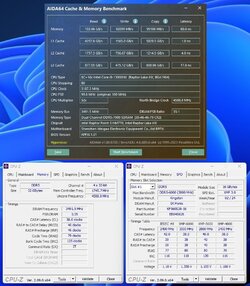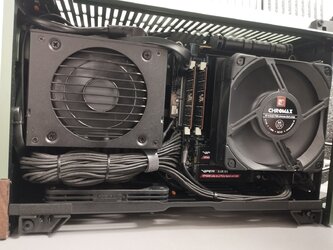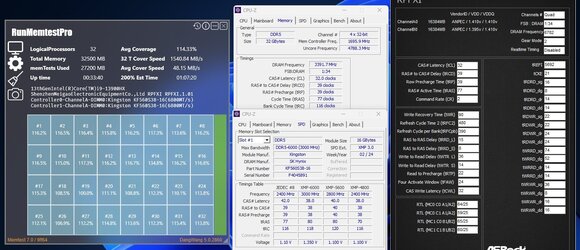I thought that the mobo was DOA for the first 3-4 hours. Additionally, I wasted some time as I thought that something was wrong with the motherboard, and I disconnected the 8-pin CPU cable on the PSU side (I hadn't noticed I did that when I was cleaning the PSU). The long training was another thing, and one more was the need to power down the PSU completely and clear CMOS for 10-15 seconds. On new motherboards, you don't even have to unplug the PSU. On higher ASUS mobos, you can clear CMOS even when the PC is turned on ... it will restart with default settings once you push the clear CMOS button. I guess I'm already used to new motherboards and how easily they can perform some things compared to old/standard stuff.
Once the initial training passes, then the motherboard posts really fast. Restart -> OS takes 5-6 seconds. There are no problems with stability, no coil whine, or anything like that. I was thinking of getting 4x M.2 SSD and test RAID, but I don't want to spend $300 for tests only, and if I buy, then at least 2 more VP4300 2TB (I have 2 already) or something like Crucial T500 1TB (500GB would be enough, but they cost $20 less per SSD than the 1TB version and in some stores prices are the same).
It just passed Blender 4.0.0 with a score of ~388, so it's a bit better than 13700K. Considering that the CPU uses up to 150W and some other comparable CPUs 200-250W, then it's a pretty good result.
Once the initial training passes, then the motherboard posts really fast. Restart -> OS takes 5-6 seconds. There are no problems with stability, no coil whine, or anything like that. I was thinking of getting 4x M.2 SSD and test RAID, but I don't want to spend $300 for tests only, and if I buy, then at least 2 more VP4300 2TB (I have 2 already) or something like Crucial T500 1TB (500GB would be enough, but they cost $20 less per SSD than the 1TB version and in some stores prices are the same).
It just passed Blender 4.0.0 with a score of ~388, so it's a bit better than 13700K. Considering that the CPU uses up to 150W and some other comparable CPUs 200-250W, then it's a pretty good result.


